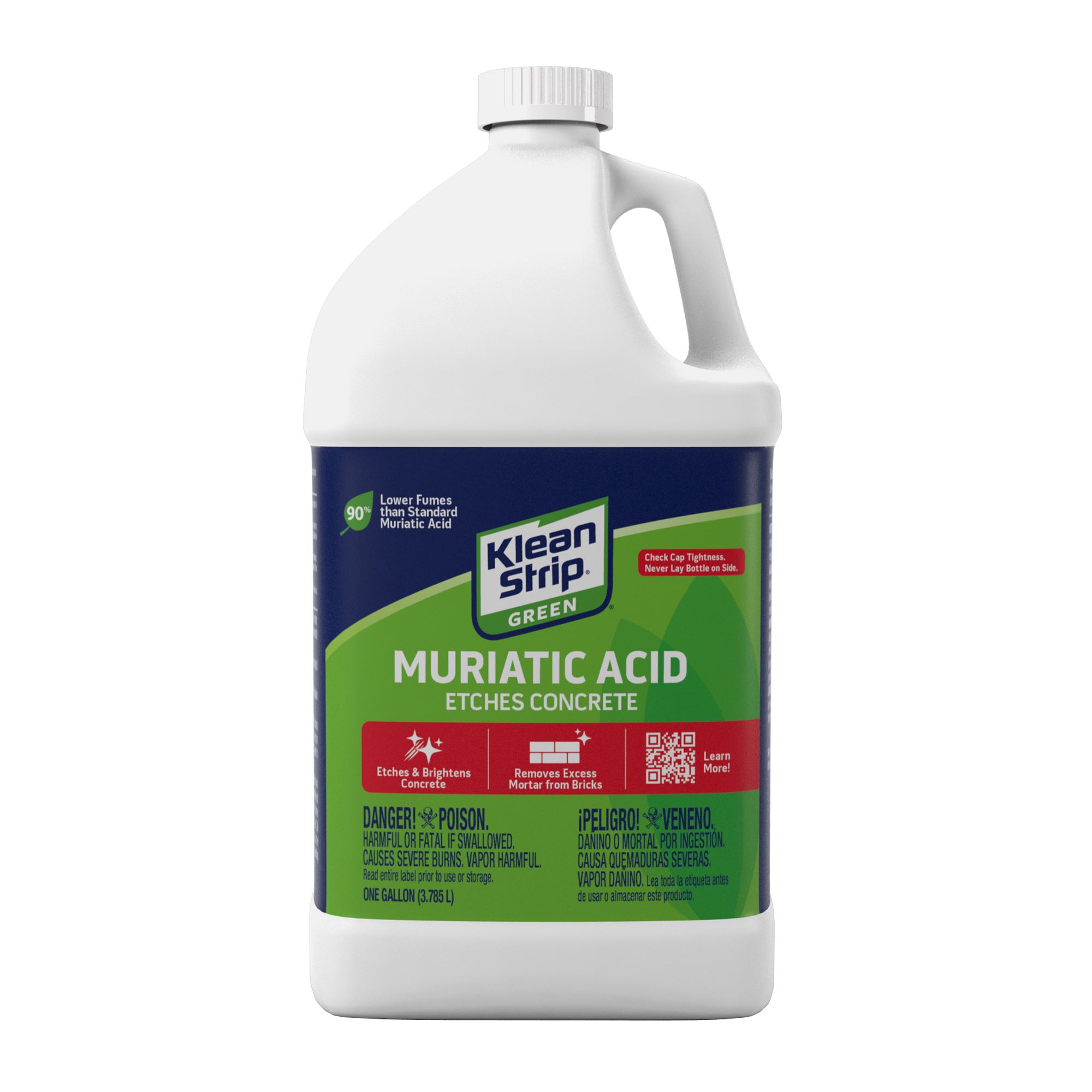

Articles
How To Store Muriatic Acid
Modified: December 7, 2023
Learn how to safely store muriatic acid with our informative articles. Protect yourself and your belongings with proper storage techniques.
(Many of the links in this article redirect to a specific reviewed product. Your purchase of these products through affiliate links helps to generate commission for Storables.com, at no extra cost. Learn more)
Introduction
Muriatic acid, also known as hydrochloric acid, is a corrosive and highly reactive chemical commonly used for various purposes, such as cleaning and etching metals, adjusting the pH levels in swimming pools, and removing tough stains. While muriatic acid is a useful substance, it can be hazardous if not stored and handled properly.
In this article, we will explore the essential guidelines for storing muriatic acid safely. By following these recommendations, you can minimize the risk of accidents, protect yourself and others, and ensure the longevity and effectiveness of the acid.
It is crucial to note that muriatic acid requires special care due to its corrosive nature. Therefore, it is essential to understand the safety precautions, storage containers, storage location, temperature considerations, ventilation requirements, handling and transporting tips, labeling and documentation, first aid measures, and disposal procedures associated with muriatic acid storage. By implementing these measures, you can maintain a safe and organized storage system for muriatic acid.
Remember, safety should always be your top priority when dealing with hazardous chemicals like muriatic acid. With that in mind, let’s dive into the details of how to properly store muriatic acid to ensure a secure working environment.
Key Takeaways:
- Proper storage of muriatic acid is essential for safety and longevity. Choose non-reactive containers, maintain ventilation, and follow strict handling and disposal procedures to minimize risks and protect the environment.
- Prioritize safety when working with muriatic acid. Adhere to proper handling, storage, and disposal guidelines to prevent accidents, protect yourself and others, and maintain a safe working environment.
Safety Precautions
When working with muriatic acid, it is crucial to follow proper safety precautions to minimize the risk of accidents and injuries. Here are some important guidelines to keep in mind:
- Always wear personal protective equipment (PPE) when handling muriatic acid. This includes goggles, gloves, aprons, and long-sleeved shirts to protect your eyes, skin, and clothing from splashes or spills.
- Ensure that you are working in a well-ventilated area. Proper ventilation helps to disperse any fumes or gases that may be emitted by the acid, reducing the risk of inhalation and respiratory issues.
- Keep muriatic acid away from flammable materials, such as organic compounds, solvents, and fuels. Store it separately to avoid any accidental chemical reactions or fires.
- Never mix muriatic acid with other chemicals unless explicitly instructed to do so. Mixing acids with certain substances can result in dangerous reactions, releasing toxic gases or causing explosions.
- Store muriatic acid out of reach of children, pets, and unauthorized individuals. Use cabinets or storage areas that can be securely locked to prevent access by unauthorized personnel.
- In case of contact with the skin or eyes, immediately rinse with plenty of water for at least 15 minutes and seek medical attention. Prompt action can help minimize the damage caused by the acid.
Adhering to these safety precautions is crucial to prevent accidents and protect your well-being. By implementing these measures, you are ensuring a safe environment when handling and storing muriatic acid.
Storage Containers
Choosing the right storage containers for muriatic acid is essential for maintaining its integrity and minimizing the risk of leaks or spills. Here are some key considerations when selecting storage containers:
- Opt for containers made of non-reactive materials, such as high-density polyethylene (HDPE) or polypropylene. These materials are resistant to the corrosive nature of muriatic acid and reduce the chances of container degradation.
- Ensure that the storage containers have tight-fitting lids or caps to prevent any leakage or evaporation of the acid.
- Containers should be sturdy and durable to withstand any accidental impact or handling while in storage.
- Label the containers clearly with the name of the chemical, its concentration, and any other relevant information to ensure easy identification.
- Consider using secondary containment measures, such as spill trays or drip pans, to contain any potential leaks or spills and minimize the risk of environmental contamination.
- Regularly inspect the storage containers for any signs of damage, degradation, or wear. Replace any containers that show signs of deterioration to prevent potential leaks or accidents.
Remember, always store muriatic acid in its original container whenever possible. The manufacturers often design those containers to meet specific safety requirements and are most likely compatible with the chemical they contain.
By carefully selecting appropriate storage containers and regularly inspecting them for damage, you can ensure the safe storage of muriatic acid and minimize any risks associated with leaks or spills.
Storage Location
The location where you store muriatic acid is crucial for both safety reasons and the longevity of the chemical. Here are some important considerations when selecting the storage location:
- Choose a well-ventilated storage area away from direct sunlight, heat sources, and open flames. Extreme temperatures can impact the stability and effectiveness of muriatic acid.
- Ensure that the storage area is cool and dry to prevent any moisture or humidity from entering the containers and causing corrosion or chemical reactions.
- Keep muriatic acid away from areas where food, drinks, or other consumables are stored to prevent any contamination in case of accidental spills or leaks.
- Consider storing muriatic acid on sturdy shelves or in cabinets that are clearly labeled and specifically designated for hazardous chemicals. This helps to maintain an organized storage system and prevents accidental contact or mixing with incompatible substances.
- Keep muriatic acid storage away from areas where it could come into contact with metals that are prone to corrosion, such as iron or aluminum. Corrosive fumes or spills from the acid can cause damage to these surfaces.
- Avoid storing muriatic acid near electrical equipment or outlets to prevent any potential chemical interactions or electrical hazards.
It is also crucial to evaluate the proximity of the storage location to emergency exits and emergency response equipment. This ensures quick and efficient access in the event of an accident or emergency situation.
By selecting an appropriate storage location for muriatic acid, you can ensure the safety of your workspace and extend the shelf life of the chemical.
Temperature Considerations
The temperature at which muriatic acid is stored plays a vital role in maintaining its stability and effectiveness. Here are some important temperature considerations when storing muriatic acid:
- Store muriatic acid in a cool area where the temperature is consistent and within the recommended range specified by the manufacturer. Extreme temperatures can negatively impact the chemical composition and effectiveness of the acid.
- Avoid exposing muriatic acid to direct sunlight or sources of heat, such as radiators or heating vents. High temperatures can accelerate the chemical reactions and increase the pressure inside the storage containers, leading to the possibility of leaks or ruptures.
- Ensure that the storage area is well-insulated to maintain a stable temperature. Fluctuations in temperature can cause the acid to expand or contract, potentially causing the containers to leak or rupture.
- Regularly monitor the temperature of the storage area using a thermometer to ensure that it remains within the recommended range. If necessary, use climate control systems or insulation to maintain the desired temperature.
It is essential to note that the specific temperature requirements may vary depending on the concentration of the muriatic acid and the manufacturer’s guidelines. Always refer to the product label or consult the manufacturer for the ideal temperature range for storing muriatic acid.
By maintaining the appropriate temperature conditions, you can ensure the stability and integrity of muriatic acid, extending its shelf life and minimizing the risk of accidents or leaks.
Ventilation Requirements
Proper ventilation is crucial when storing muriatic acid to minimize the risk of exposure to hazardous fumes and ensure a safe working environment. Here are some important ventilation requirements to consider:
- Store muriatic acid in a well-ventilated area to prevent the accumulation of any toxic fumes or gases. Adequate ventilation helps to disperse any vapors that may be released by the acid and reduces the risk of inhalation.
- Ensure that the storage area has windows or doors that can be opened to allow for natural airflow. If natural ventilation is insufficient, consider installing mechanical ventilation systems, such as exhaust fans, to maintain a continuous flow of fresh air.
- Regularly inspect and maintain ventilation systems to ensure they are functioning properly. Clean or replace filters as needed to maintain their effectiveness.
- Consider the proximity of the storage area to other occupied spaces. Avoid storing muriatic acid near areas where people work or spend a significant amount of time to minimize the risk of exposure to fumes.
- Use caution when working with muriatic acid in enclosed spaces. If you must handle the acid in a confined area, ensure that proper ventilation measures, such as vent hoods or air extraction systems, are in place to remove any fumes or vapors.
It is crucial to note that muriatic acid fumes can be corrosive and harmful when inhaled. They can irritate the respiratory system and cause severe damage to the lungs. Therefore, ensuring proper ventilation is essential in reducing the risk of respiratory issues and maintaining a safe working environment.
By following the ventilation requirements for storing muriatic acid, you can help to prevent the buildup of toxic fumes and create a safer environment for both yourself and others.
Store muriatic acid in a cool, dry, well-ventilated area away from direct sunlight and sources of heat. Keep it tightly sealed in its original container and away from incompatible materials.
Handling and Transporting Tips
Proper handling and transportation of muriatic acid are crucial to prevent accidents and ensure the safety of both the handler and the surrounding environment. Here are some important tips to keep in mind:
- Always wear appropriate personal protective equipment (PPE), including gloves, goggles, and a protective apron or clothing, when handling muriatic acid. This helps to prevent direct contact with the chemical and minimize the risk of burns or chemical exposure.
- Ensure that containers of muriatic acid are tightly sealed before handling or transporting them. Check for any signs of leakage or damage, and replace any compromised containers immediately.
- When lifting or carrying containers of muriatic acid, use proper lifting techniques and avoid overexertion. Be mindful of the weight of the containers, and seek assistance if needed.
- Avoid any rough handling or excessive agitation of the containers. Vigorous shaking or dropping the containers can lead to spills or leaks, posing a risk to those nearby.
- During transportation, secure the containers properly to prevent shifting or rolling. Use appropriate restraints, such as straps or tie-downs, to ensure the containers remain stable and undamaged.
- When transporting muriatic acid in a vehicle, ensure that it is stored in a well-ventilated area away from direct sunlight or heat sources. Properly label the containers to indicate the contents and potential hazards.
- If transporting muriatic acid over longer distances or for extended periods, consider using secondary containment measures, such as spill trays or trays with absorbent materials, to capture any potential leaks or spills.
It is crucial to exercise caution and follow proper handling procedures when dealing with muriatic acid. By adhering to these guidelines, you can reduce the risk of accidents, exposure, and environmental damage during the handling and transportation process.
Labeling and Documentation
Proper labeling and documentation are essential when storing muriatic acid to ensure safety, facilitate identification, and provide critical information for handling and emergency situations. Here are some important considerations for labeling and documentation:
- Clearly label all containers of muriatic acid with the name of the chemical, its concentration, and any relevant hazard warnings. This helps to ensure that the contents are easily identifiable and distinguishable from other substances.
- Include additional information on the labels, such as the date of purchase or receipt, manufacturer information, and any specific storage or handling instructions provided by the manufacturer.
- Maintain an inventory of all stored muriatic acid containers, including the quantity, location, and expiration dates. This helps to track the stock and ensure timely replacements or disposal of expired acids.
- Keep Material Safety Data Sheets (MSDS) readily available for muriatic acid. These documents provide important safety information, emergency procedures, and handling guidelines.
- Ensure that employees or individuals who handle or work in the vicinity of muriatic acid are familiar with the labeling system, MSDS, and any relevant safety protocols.
- Regularly review and update the labeling and documentation as needed. Replace any damaged or illegible labels, and ensure that the inventory and MSDS information remains current.
Accurate labeling and proper documentation are crucial for quick identification and response in case of emergencies, as well as for maintaining a safe storage environment. By diligently following these guidelines, you can ensure that personnel can safely handle and manage muriatic acid, minimizing the risk of accidental exposure or mishandling.
First Aid Measures
In the event of accidental exposure or contact with muriatic acid, it is important to know the appropriate first aid measures to minimize the potential harm. Here are some key steps to take:
- If there is contact with the skin, immediately rinse the affected area with gentle flowing water for at least 15 minutes. Remove any clothing or accessories that may have come into contact with the acid.
- In case of eye contact, flush the eyes with water for at least 15 minutes. Hold the eyelids open while rinsing to ensure thorough cleansing of the affected area. It is essential to seek immediate medical attention if any eye irritation or pain persists.
- If muriatic acid is ingested, do not induce vomiting. Rinse the mouth with water and provide small sips of water if the individual is conscious and able to swallow. Seek immediate medical help or contact a poison control center for further guidance.
- If inhalation occurs, move the affected person to an area with fresh air. If breathing difficulties persist, seek medical attention immediately.
- When providing first aid, avoid using any substances that may react with muriatic acid, such as acids or bases, unless specifically instructed to do so by medical professionals.
- In all cases of accidental exposure or ingestion, promptly seek medical attention, even if symptoms appear to be minor. It is essential to inform healthcare professionals about the nature of the exposure to ensure appropriate treatment.
Remember, proper first aid measures can help mitigate the effects of muriatic acid exposure and promote a speedy recovery. It is crucial to have a thorough understanding of these measures and to seek medical attention promptly in case of an accident or emergency.
Read more: How To Store Acid
Disposal Procedures
Proper disposal of muriatic acid is essential to minimize environmental impact and ensure compliance with regulations. Here are some important disposal procedures to follow:
- Check local regulations and guidelines regarding the disposal of muriatic acid. Different jurisdictions may have specific requirements, so it is crucial to understand and adhere to the applicable regulations.
- Never dispose of muriatic acid by pouring it down drains, sinks, or toilets. This can lead to water contamination and harm the environment.
- If the muriatic acid has become contaminated or mixed with other chemicals, it may need to be treated as hazardous waste. Contact your local waste management authority to determine the proper procedures for disposal.
- Consider neutralizing the muriatic acid before disposal, if it is feasible and allowed by local regulations. This can be done by carefully adding a base, such as baking soda or lime, to the acid while following appropriate safety precautions.
- Alternatively, you may need to contact a licensed hazardous waste disposal company to properly handle and dispose of muriatic acid.
Remember to always handle muriatic acid carefully during the disposal process, following all safety guidelines, and wearing appropriate personal protective equipment (PPE). It is important to protect yourself and the environment from any potential harm.
By adhering to proper disposal procedures, you can ensure the responsible handling and disposal of muriatic acid, minimizing the impact on the environment and maintaining compliance with regulatory requirements.
Conclusion
Proper storage of muriatic acid is crucial for maintaining a safe working environment, preventing accidents, and ensuring the longevity of the chemical. By following the guidelines outlined in this article, you can store muriatic acid safely and minimize the risk of mishaps. Remember to always prioritize safety when working with hazardous substances.
Key considerations include choosing appropriate storage containers made of non-reactive materials, labeling them clearly, and inspecting them regularly for damage. Additionally, selecting a suitable storage location with proper ventilation and temperature control is essential.
When handling and transporting muriatic acid, wear appropriate personal protective equipment (PPE) and take precautions to prevent spills and leaks. Labeling the containers and maintaining proper documentation, including Material Safety Data Sheets (MSDS), ensures that important information is readily available to handle emergencies effectively.
In the event of exposure to muriatic acid, follow first aid measures promptly and seek appropriate medical attention. For disposal, always comply with local regulations and consult the proper authorities or licensed waste management companies for safe and responsible disposal procedures.
By implementing these guidelines, you can protect yourself, others, and the environment while storing and handling muriatic acid. Remember to stay informed about any updates or changes in safety regulations and guidelines to ensure ongoing compliance and safety.
Remember, safety is paramount when working with hazardous chemicals like muriatic acid. With proper storage and handling, you can maximize safety, minimize risk, and maintain a productive work environment.
Frequently Asked Questions about How To Store Muriatic Acid
Was this page helpful?
At Storables.com, we guarantee accurate and reliable information. Our content, validated by Expert Board Contributors, is crafted following stringent Editorial Policies. We're committed to providing you with well-researched, expert-backed insights for all your informational needs.
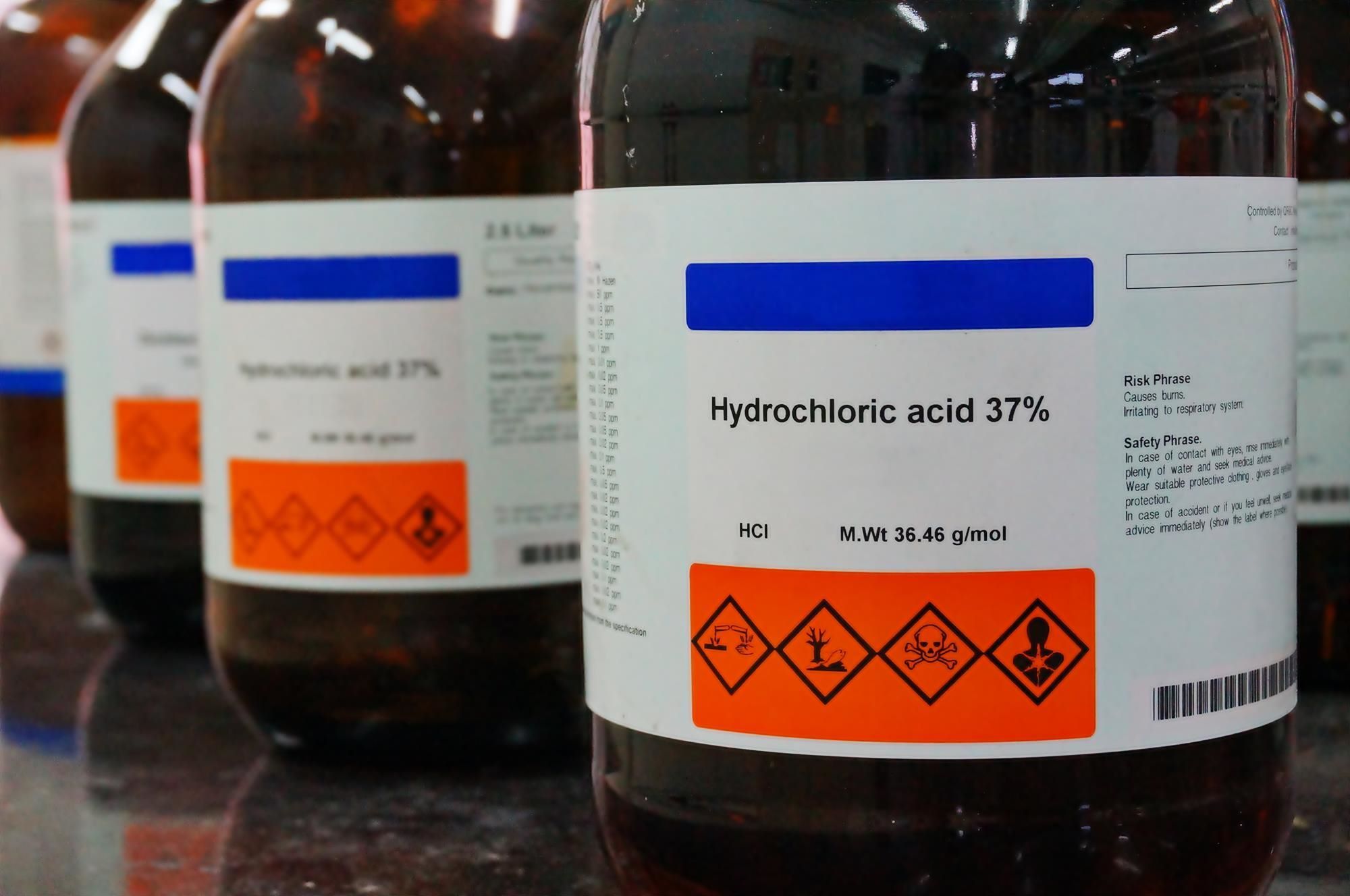
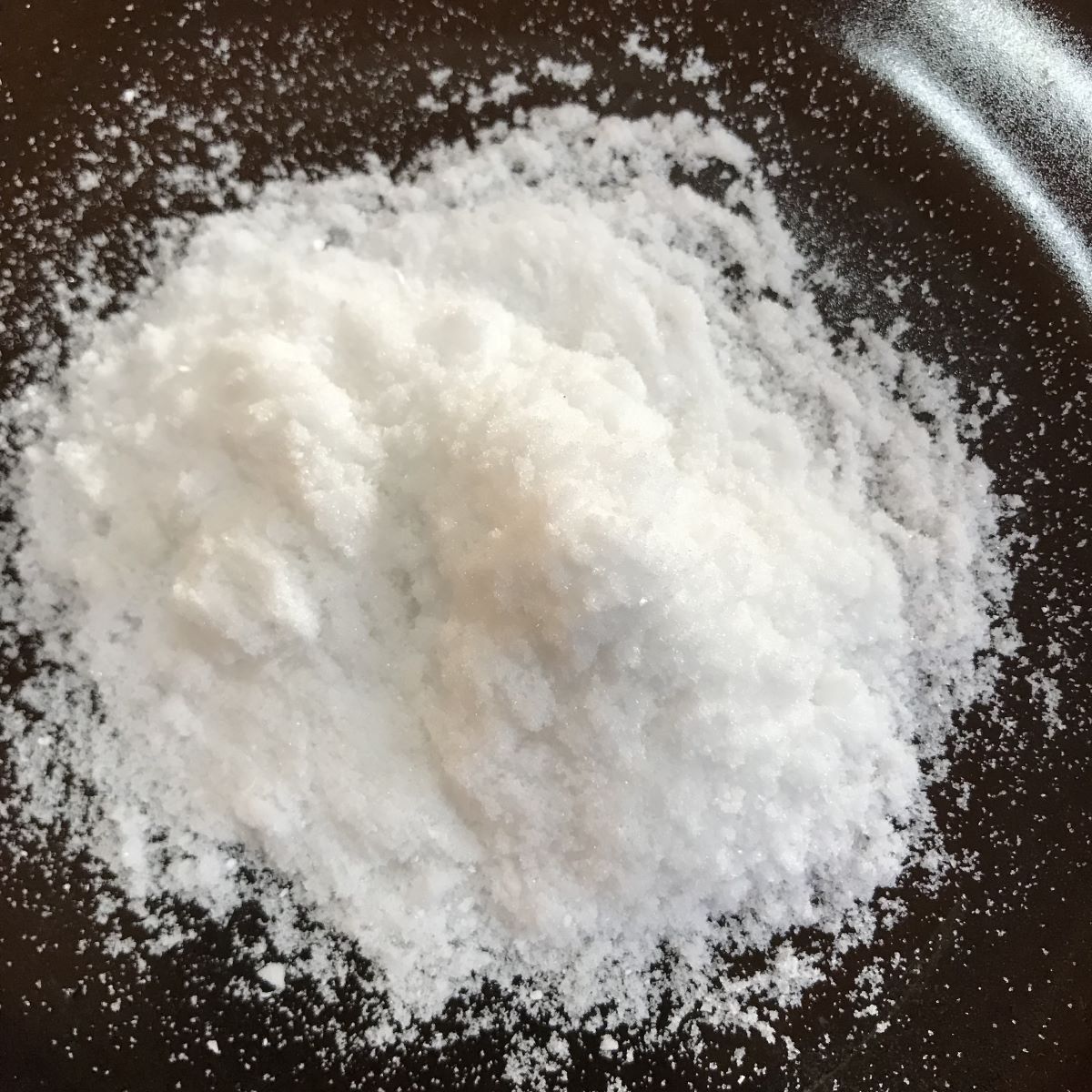
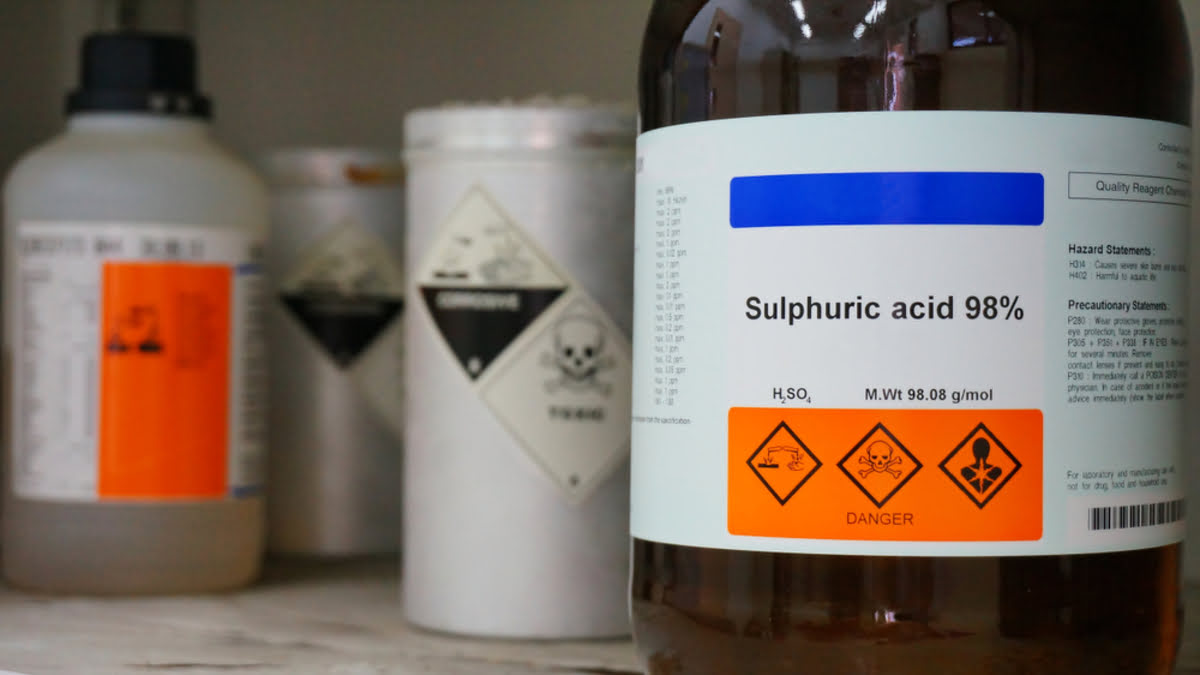
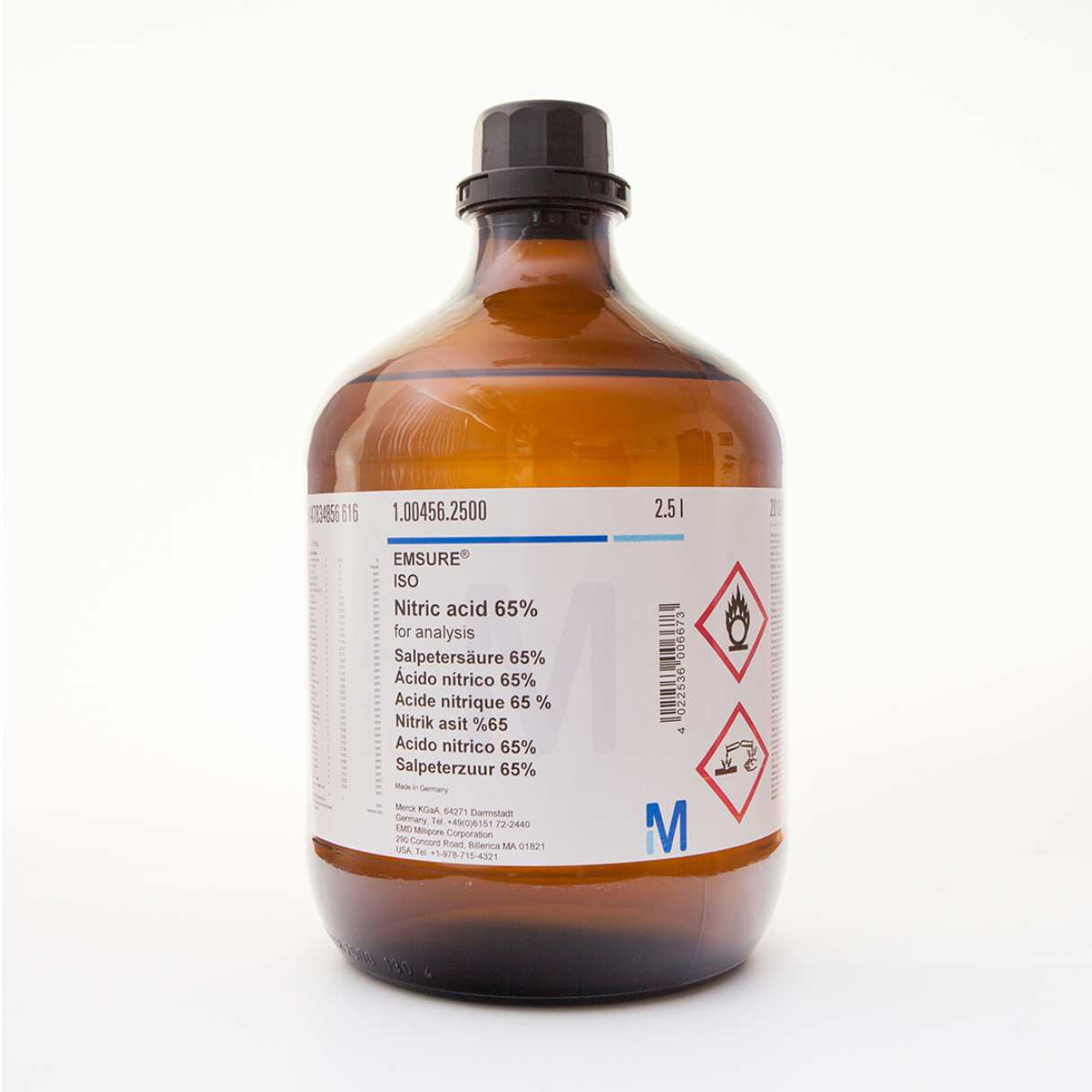
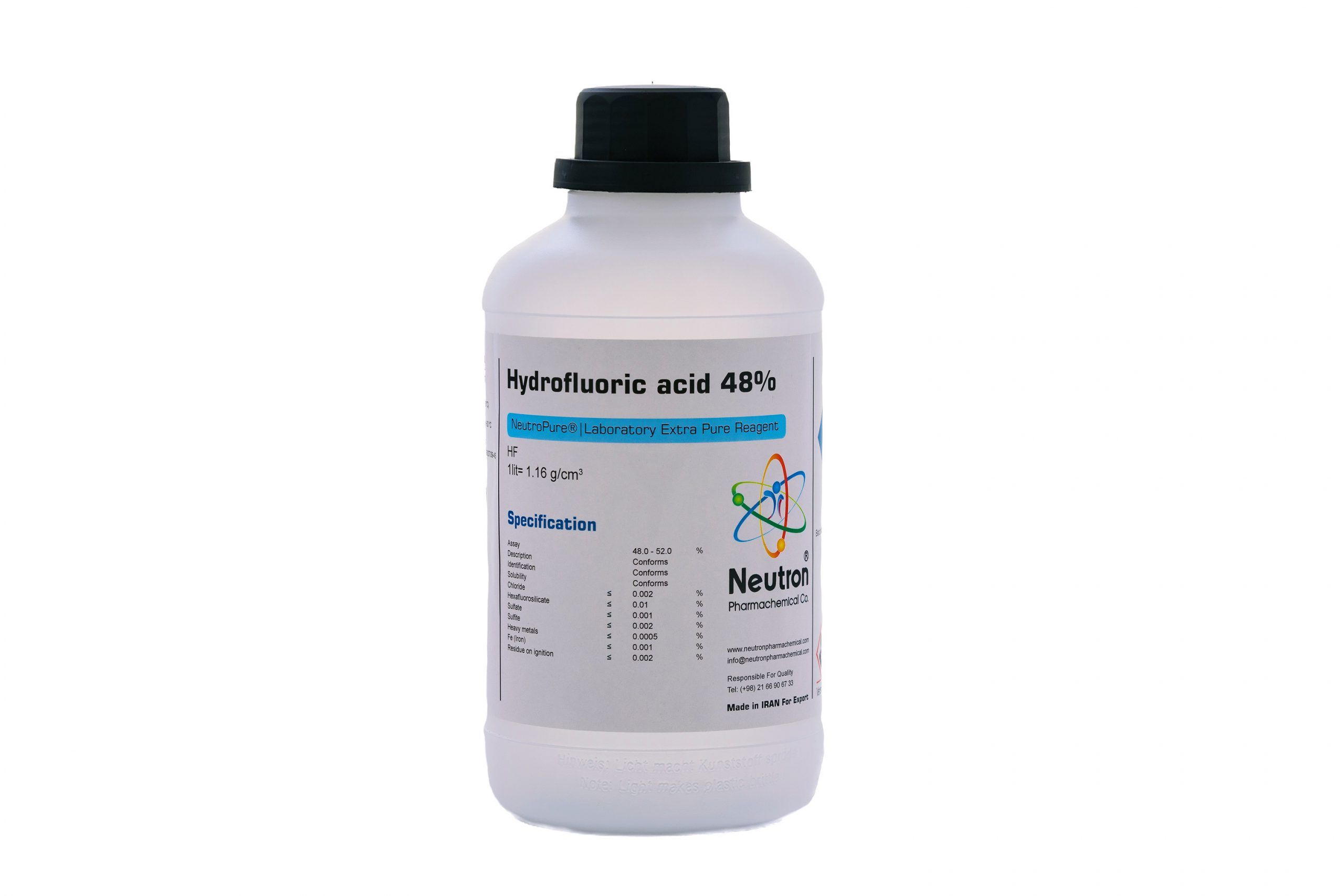
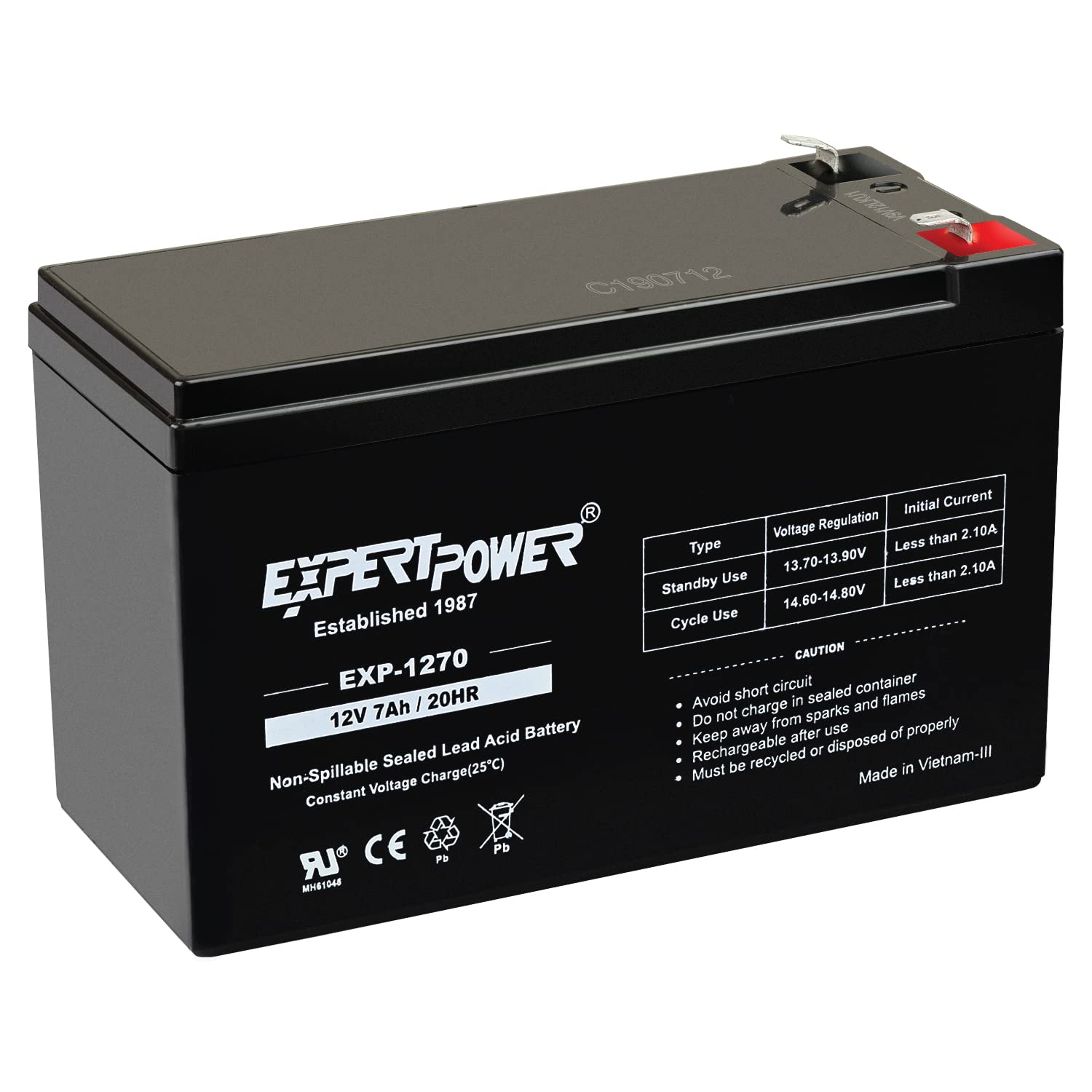
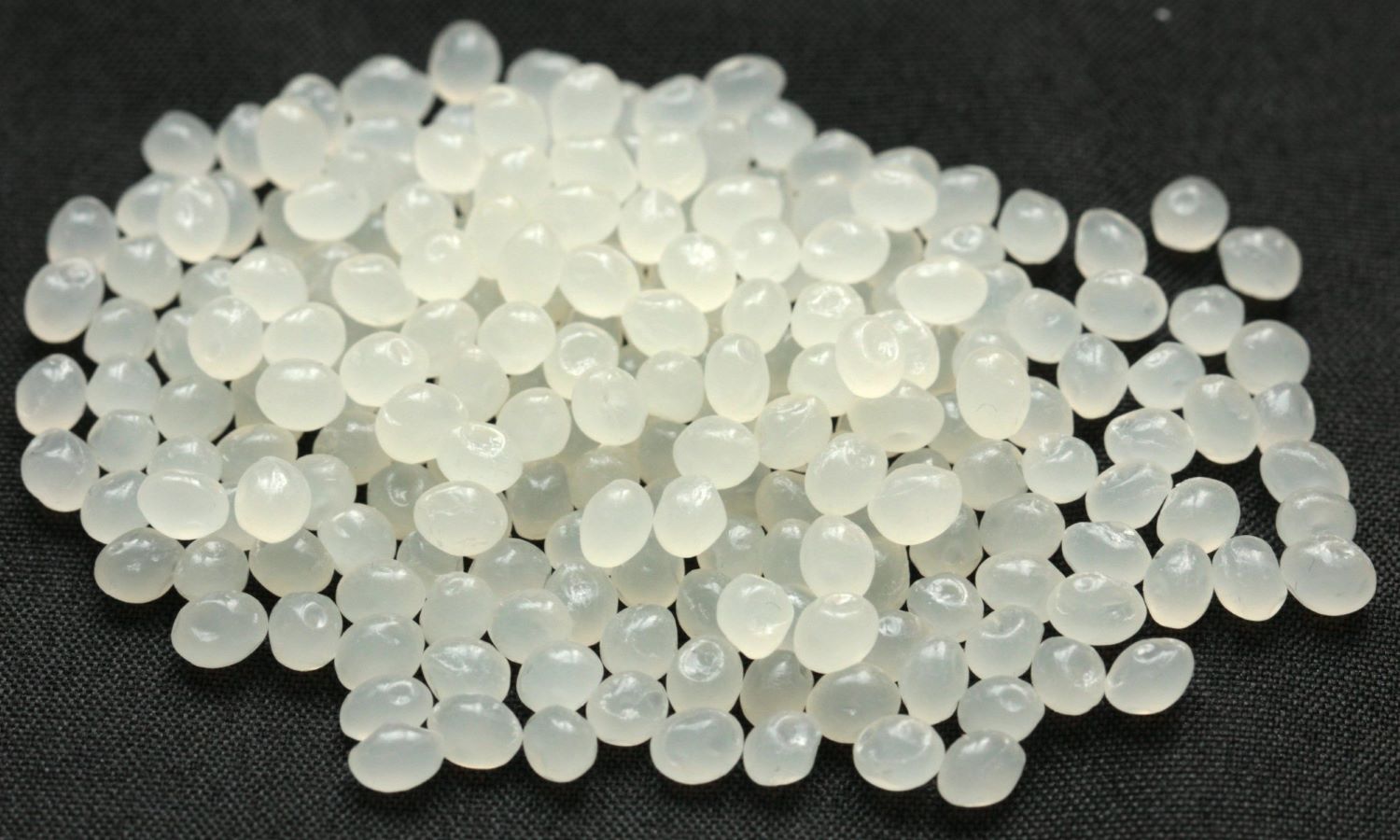
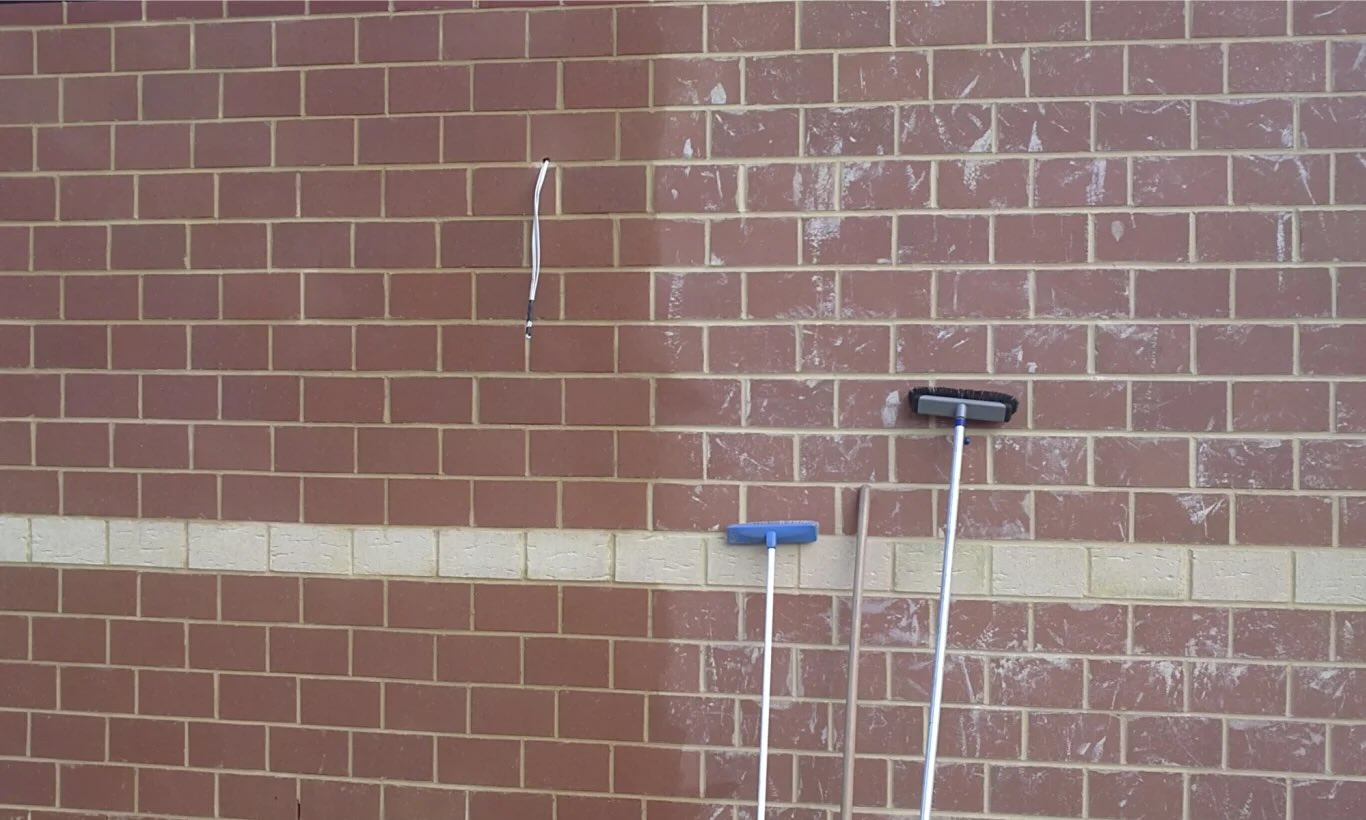
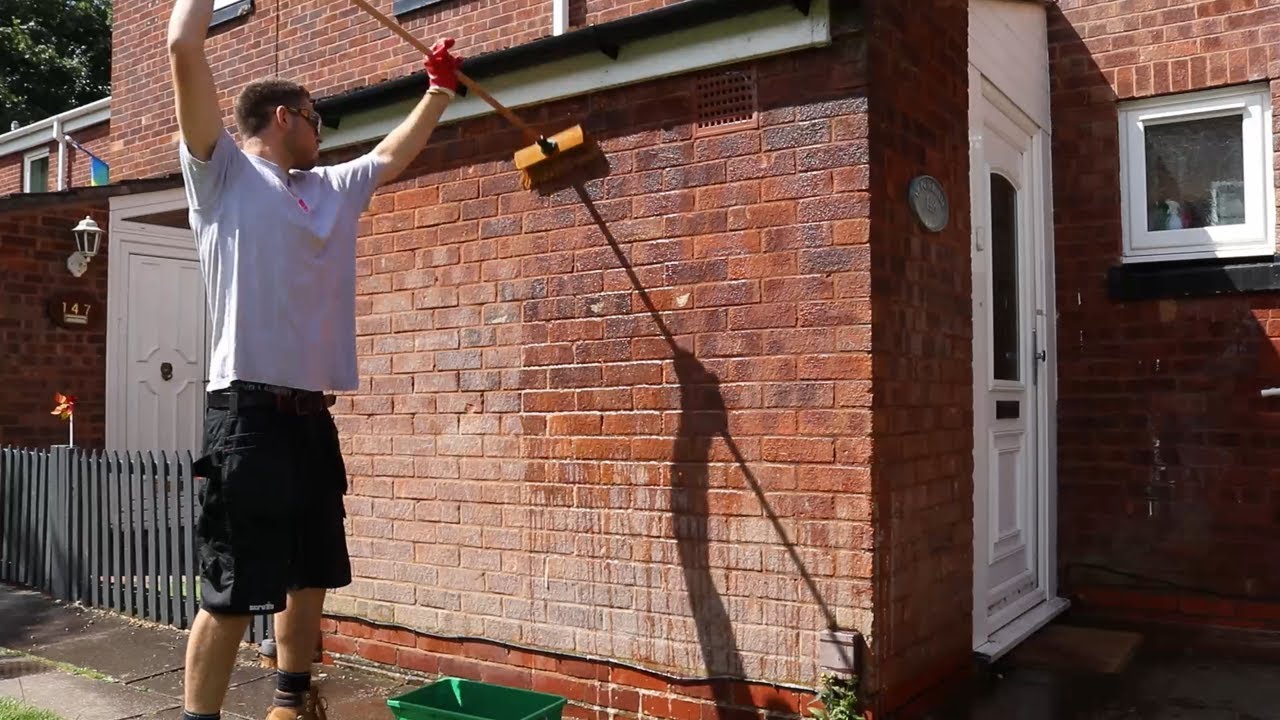
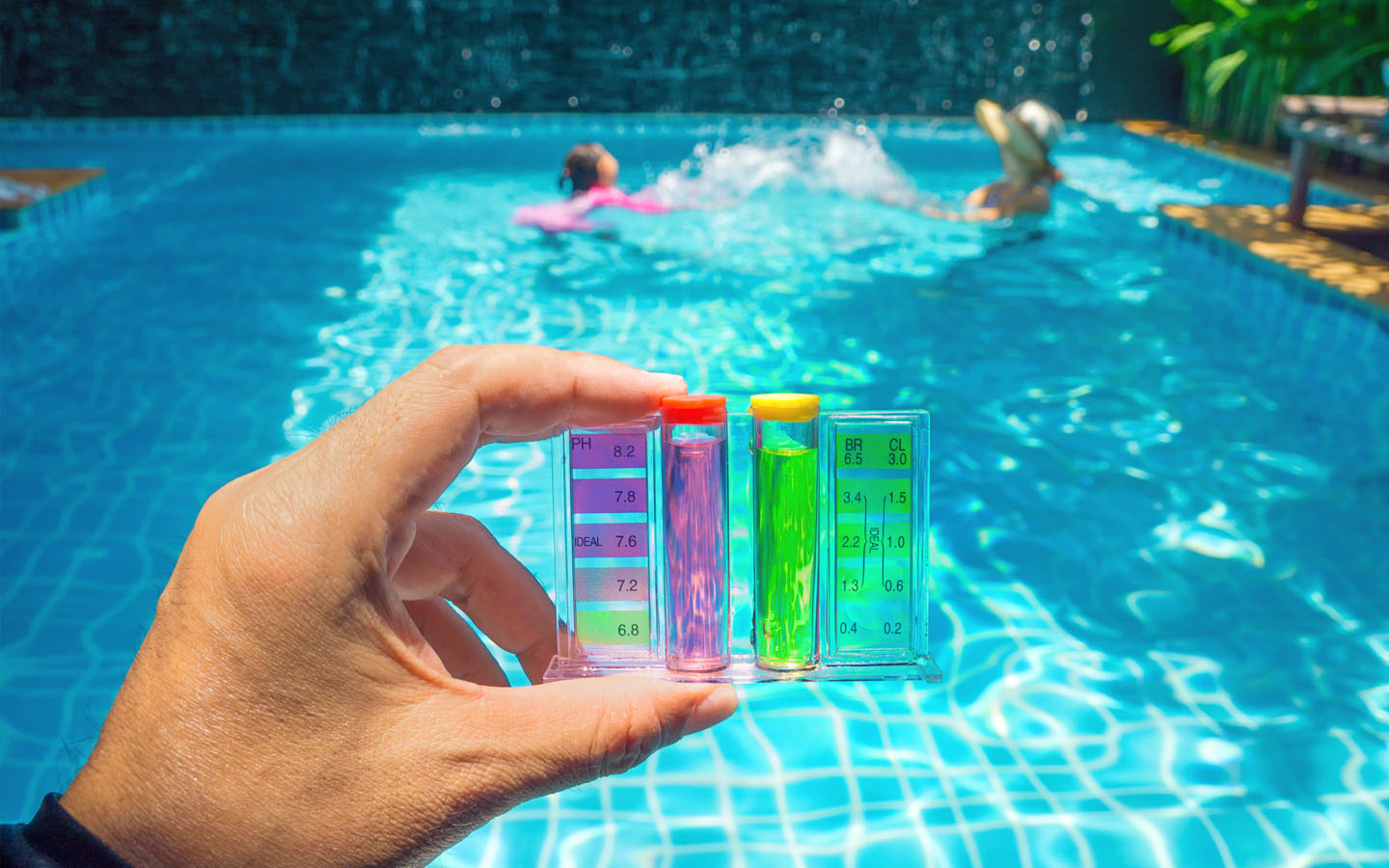
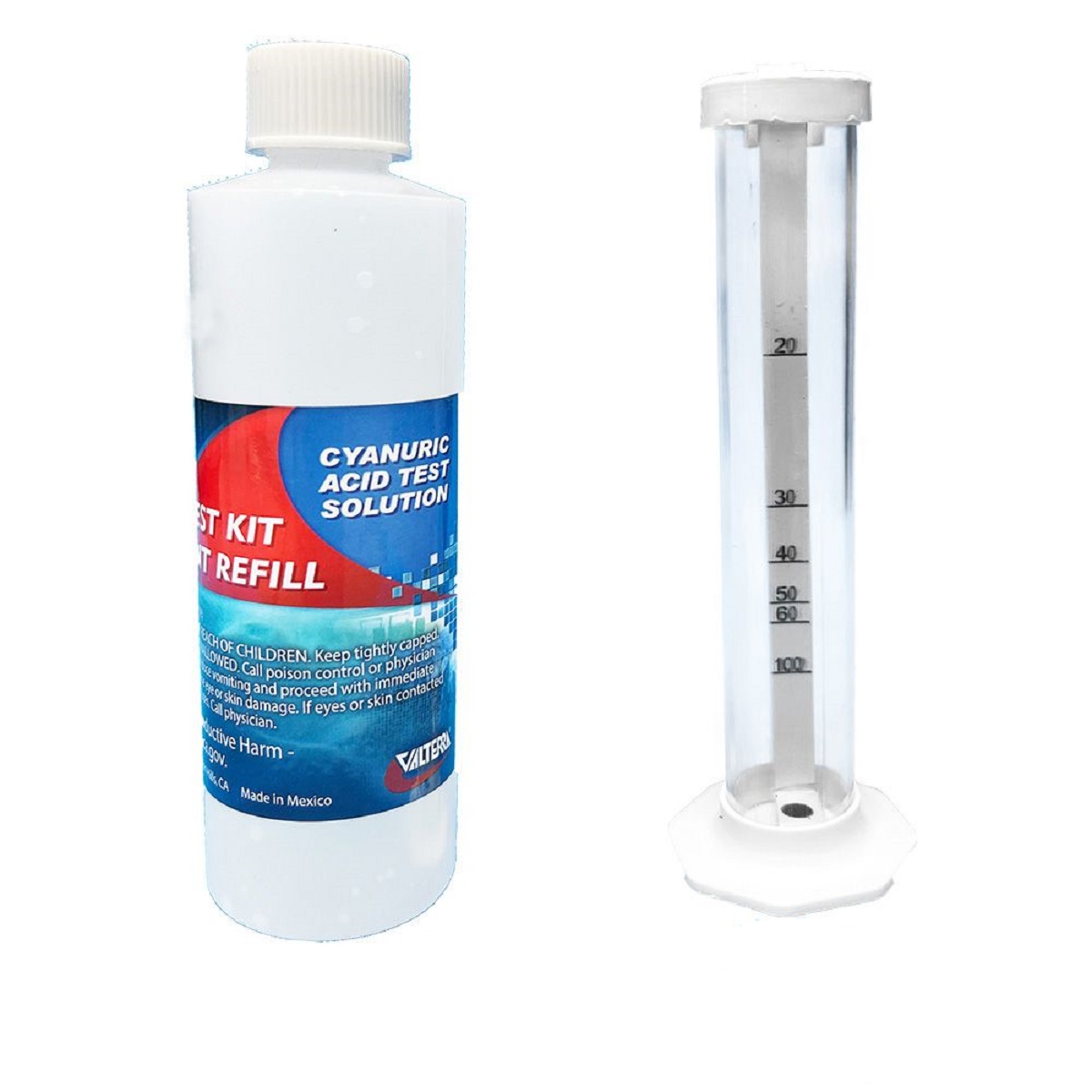
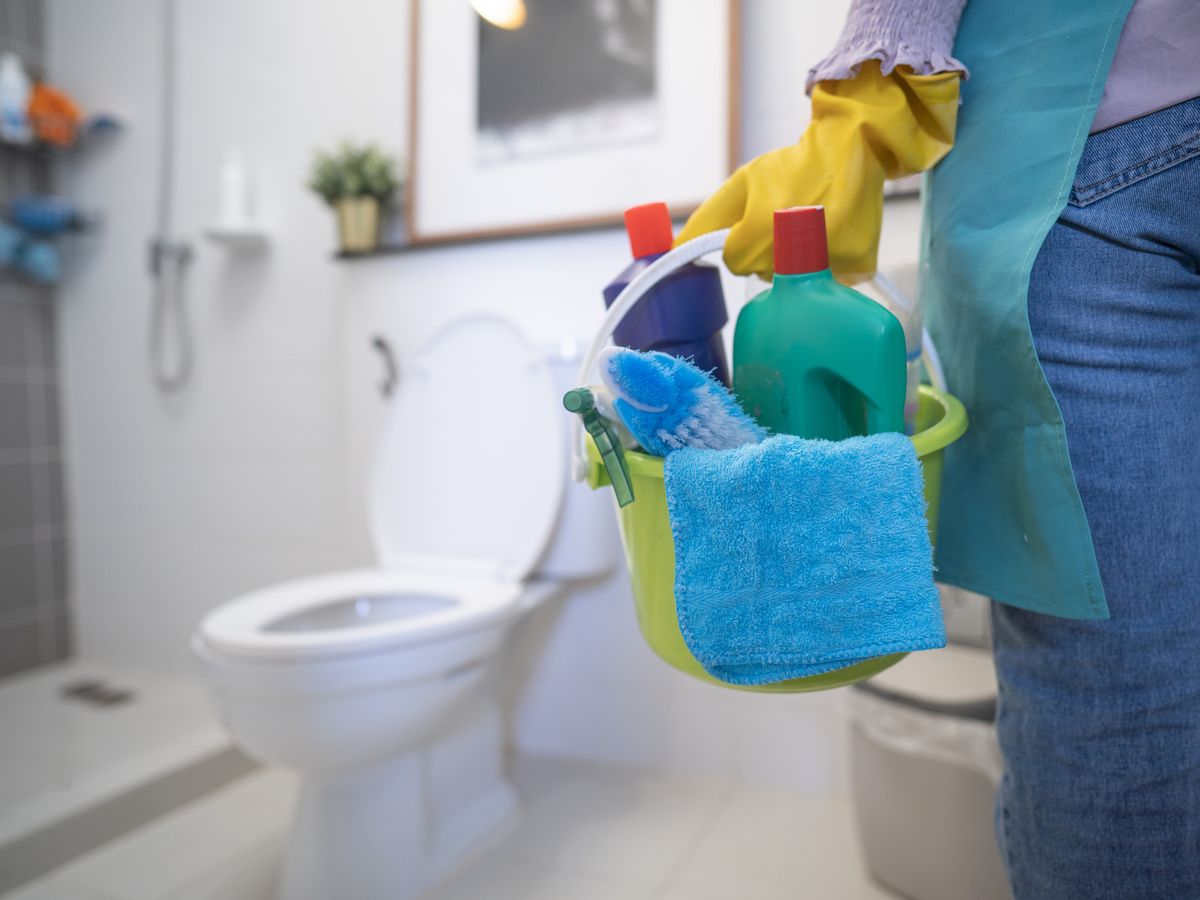


0 thoughts on “How To Store Muriatic Acid”